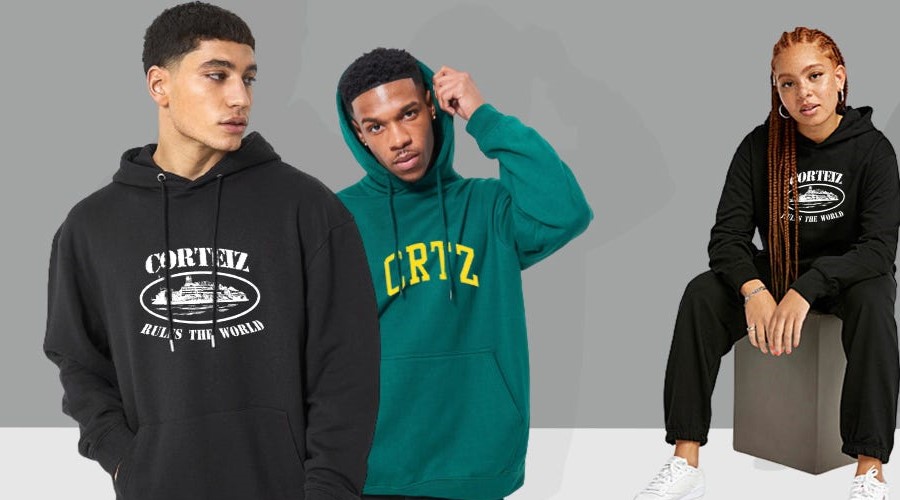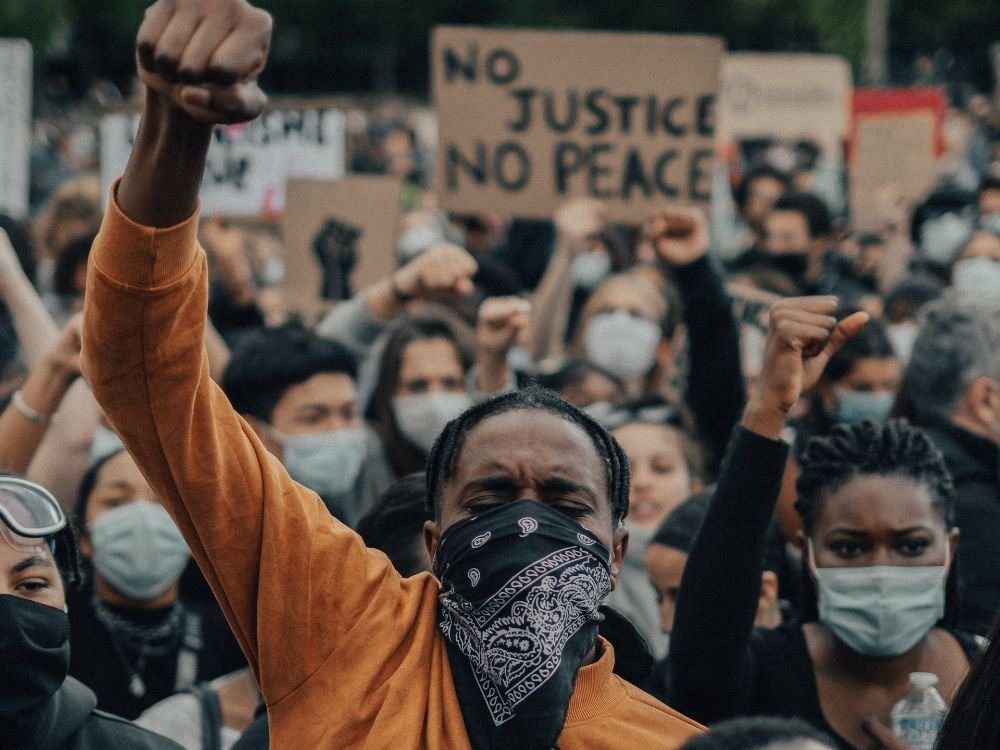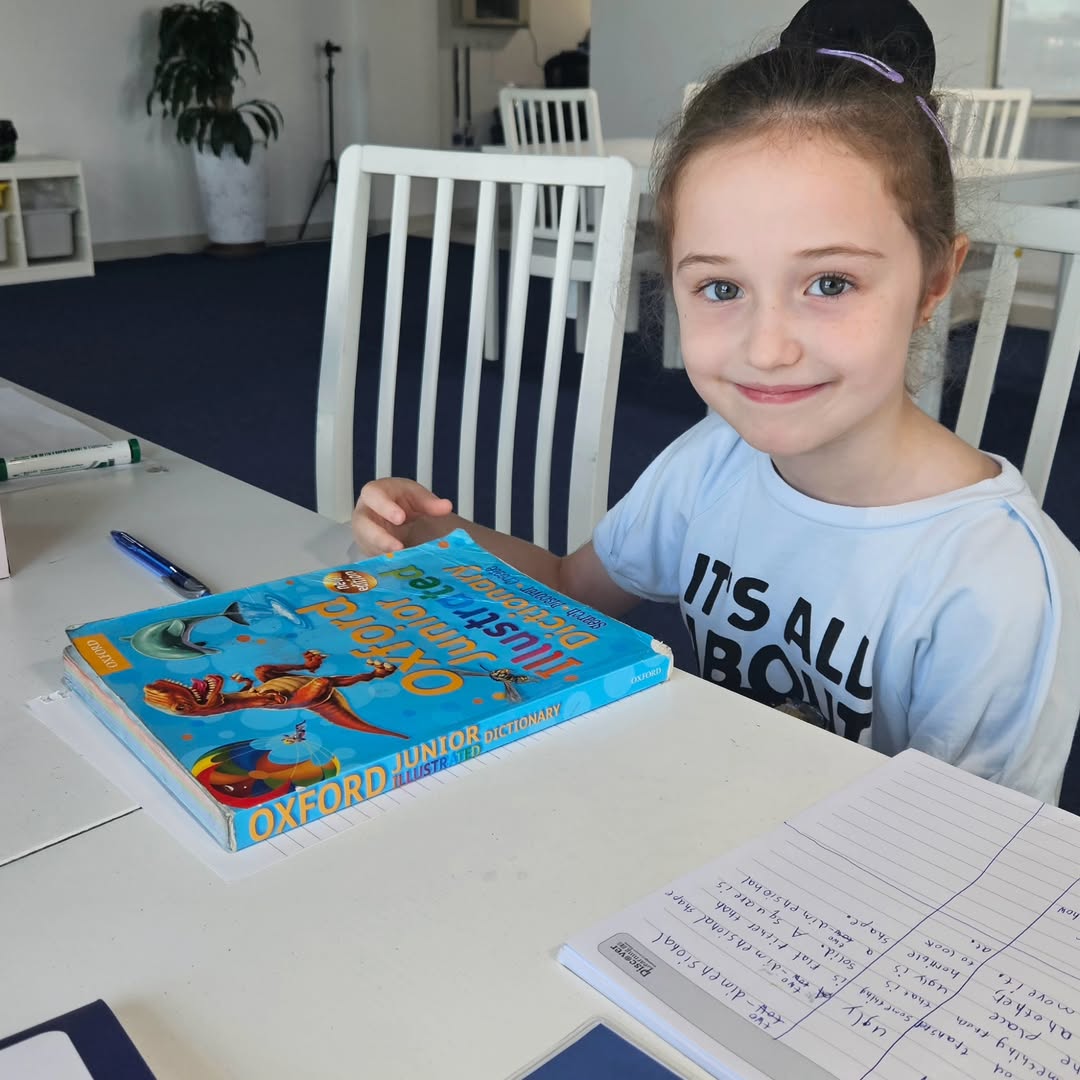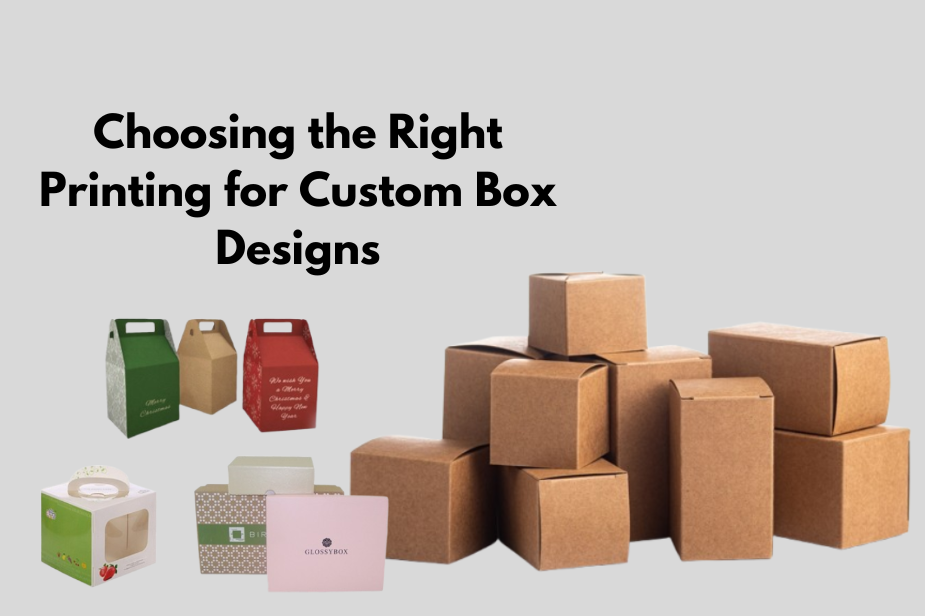Custom packaging is one of the most powerful brand assets a business can invest in. But beyond materials, shapes, and finishes, the printing technique you choose can greatly impact how your packaging looks, feels, and performs. For growing brands across the state, especially those working with Custom Boxes Alaska, understanding the right printing method is critical to maximizing budget and brand visibility.
Printing is not just about transferring ink to a surface it’s a creative decision that can influence your customer’s perception of quality, professionalism, and attention to detail. Whether you’re selling hand-poured candles, fresh seafood, handmade soaps, or tech gear, your box’s design should reflect the care you put into your product.
This guide will walk you through the main printing methods available, their pros and cons, and how to decide which one fits your goals and budget.
Why Printing Choice Matters
The way your box is printed affects more than aesthetics it influences durability, cost-effectiveness, eco-friendliness, and even compliance with shipping standards. A poor printing choice can fade during transit, look cheap on arrival, or make branding inconsistent across batches.
Key considerations when choosing a printing method:
- Order volume
- Color complexity and vibrancy
- Turnaround time
- Budget
- Material compatibility
- Sustainability goals
By matching your business’s needs with the right technique, you ensure the packaging complements not compromises your product.
Common Printing Techniques for Custom Boxes
Each printing method offers different advantages depending on your packaging goals. Here are the most popular ones used by businesses across the U.S., including those sourcing from custom boxes USA providers.
1. Digital Printing
Best for: Short runs, frequent design updates, full-color prints.
Digital printing is ideal for small to medium-sized businesses that need flexibility and speed. It doesn’t require printing plates, which means setup is quick and cost-efficient especially for low-quantity runs.
Pros:
- Fast turnaround time
- Economical for small batches
- Full-color and photo-quality results
- Easy to modify designs between batches
Cons:
- Less cost-effective for large volumes
- May not match the color richness of offset printing
This is a great choice if you’re just launching a product or testing various packaging styles in the market.
2. Offset Lithography (Offset Printing)
Best for: High-volume orders and premium finishes.
Offset printing uses metal plates to transfer ink onto the packaging surface. It delivers sharp, consistent quality and is often preferred by established brands with higher order volumes.
Pros:
- Superior image and color quality
- Cost-effective at scale
- Supports a variety of finishes (UV, embossing, etc.)
Cons:
- Higher initial setup cost
- Not ideal for short runs
- Longer lead time due to plate creation
If your business requires large-scale packaging with exact color matching and a polished appearance, offset printing is the go-to.
3. Flexographic Printing
Best for: Large volume runs on corrugated or kraft material.
Flexographic printing is commonly used for printing on corrugated cardboard and other porous surfaces. It uses flexible rubber plates and fast-drying inks, making it great for mass production with simple graphics.
Pros:
- High-speed printing
- Efficient for large-scale orders
- Works well on kraft and rough-textured boxes
Cons:
- Limited to simpler designs
- Less color precision compared to digital or offset
If you need rugged packaging for shipping or wholesale, and your design is minimalist, flexography could be the most affordable option.
4. Screen Printing
Best for: Specialty boxes with bold designs or limited runs.
Screen printing involves pushing ink through a mesh stencil onto the box surface. It offers vibrant colors and thick ink application, making it suitable for eye-catching designs on specialty or promotional packaging.
Pros:
- Rich, durable colors
- Great for solid blocks of color
- Unique texture and finish
Cons:
- Not ideal for complex graphics or gradients
- Slower process
- Costly for large runs
This technique is often used for branding kits, event packaging, or local artisan goods where bold aesthetics matter more than scalability.
Things to Consider When Choosing Your Printing Method
Choosing the right technique depends on a mix of technical, visual, and financial factors. Ask yourself:
- How many units will I need per month or quarter?
- Do I want to switch designs frequently or stick with one style?
- What kind of impression do I want to make? Premium? Eco-friendly? Fun?
- Will this be retail packaging or mailer boxes for e-commerce?
- What materials am I printing on kraft, corrugated, coated?
Discuss these points with your box manufacturer to make the most informed decision.
Sustainability and Printing
More consumers are leaning toward brands with sustainable practices, so your choice of printing can also reflect your environmental values.
Many custom boxes suppliers now offer soy-based inks, water-based coatings, and recyclable print methods to reduce environmental impact. This is especially important for Alaskan businesses that want their products to reflect the state’s natural integrity.
Final Thoughts
The right printing technique for your custom packaging can elevate your product’s presentation, reinforce your brand identity, and optimize costs. Whether you’re a small-batch producer looking for flexibility or a growing business ready for high-volume production, your printing method should align with your marketing goals, logistics, and design expectations.
Start with a test run, get samples, and don’t be afraid to ask your supplier about the best fit for your specific business.
Ready to upgrade your packaging game? Try searching for Custom Box Near Me to find local suppliers who can help guide you through printing decisions and create packaging that does more than just contain it connects.





